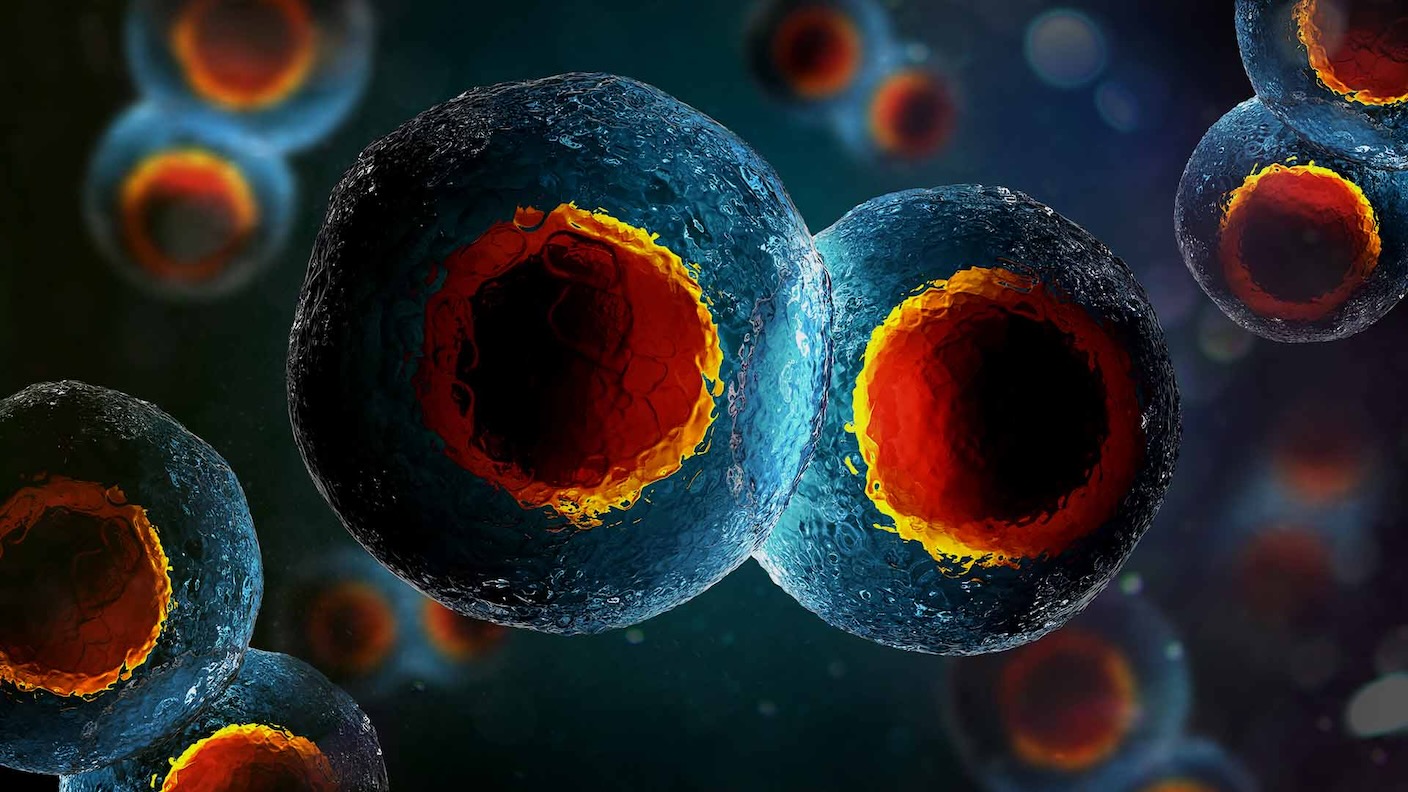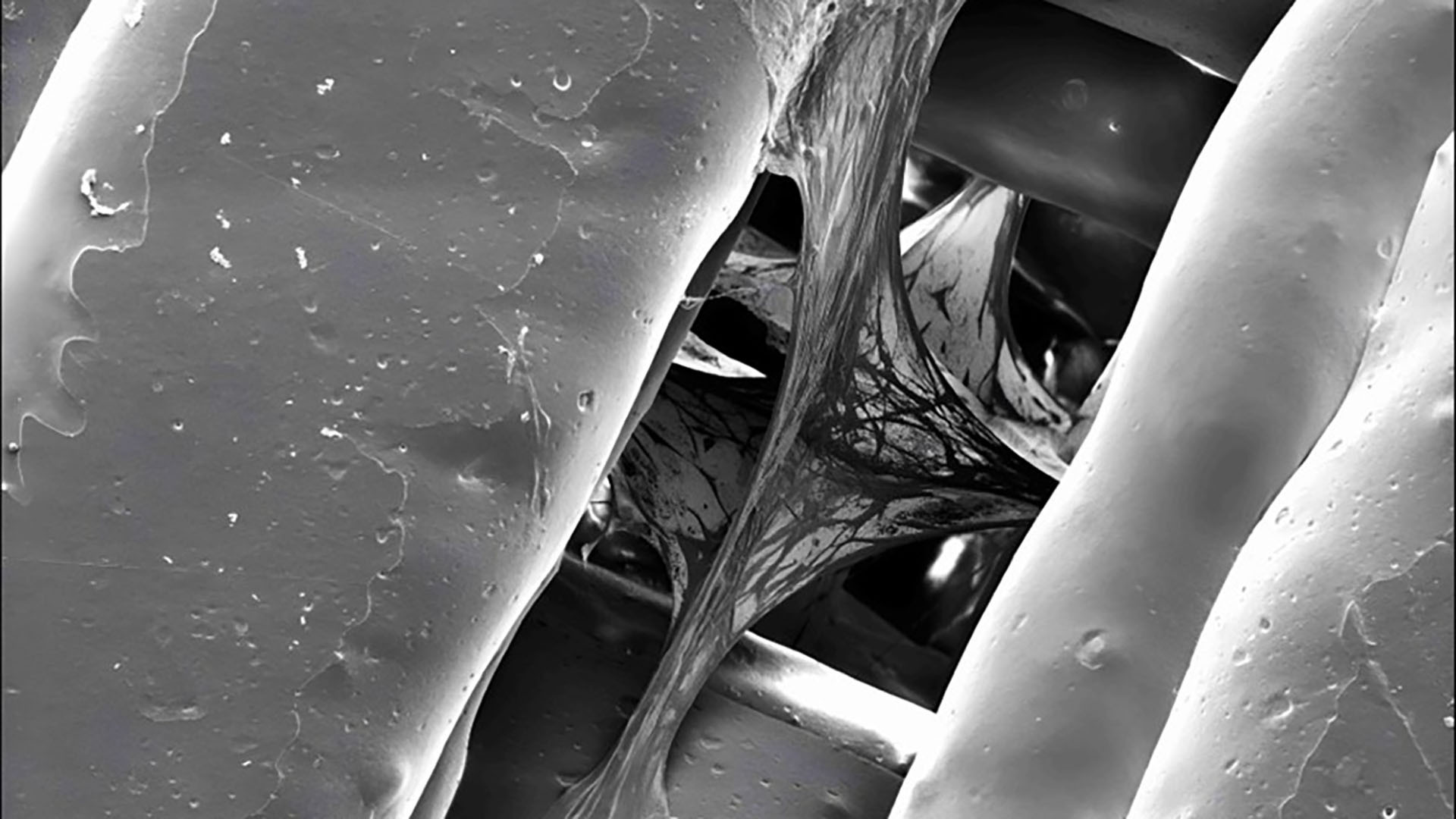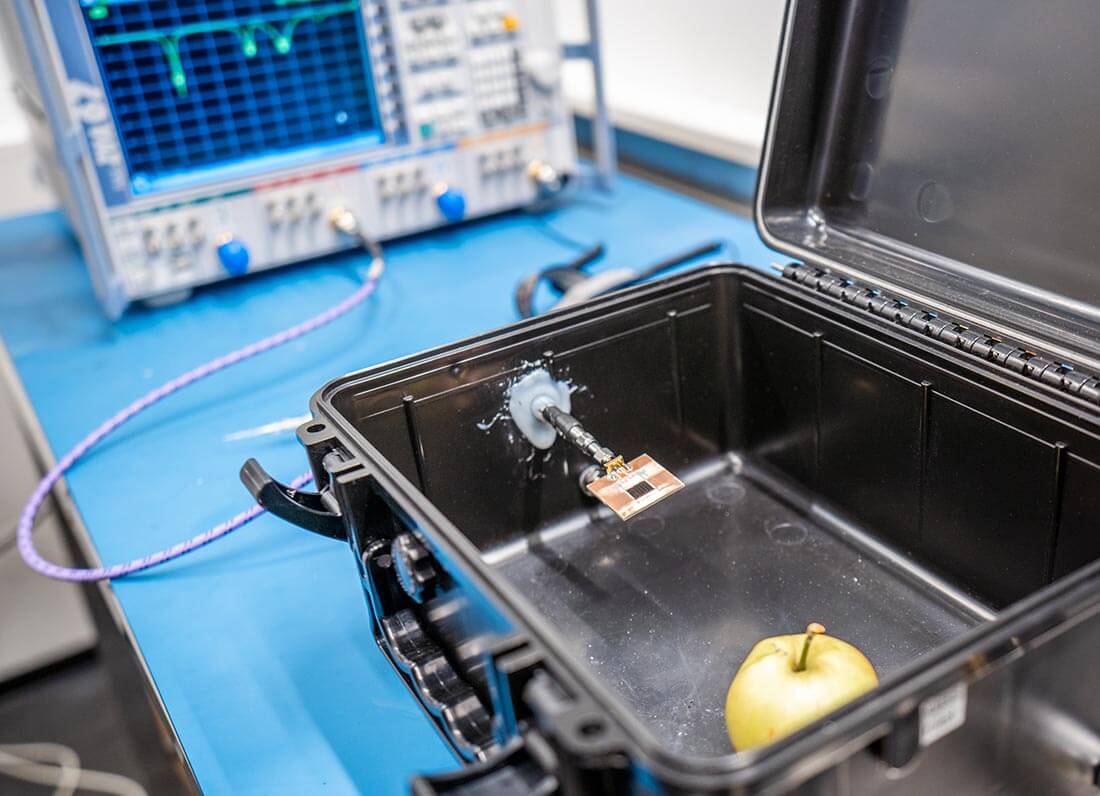When the topic of germline editing arises, most scientists wince. The infamous CRISPR-baby scandal involving the Chinese scientist He Jiankui, who altered human embryos, brought the conversation to the forefront. Editing reproductive cells or embryos not only affects the individual being treated but also introduces permanent changes to their genetic code, which can be passed down through generations—whether beneficial or harmful. As a result, germline editing is banned in most countries, with He Jiankui serving jail time for his actions. Although he was released, his controversial experiment remains a flashpoint for debate in the scientific community.
He’s CRISPR-edited twins, Lulu and Nana, are reportedly growing normally as toddlers, though details of their health remain vague. Despite worldwide condemnation of his methods, He’s work ignited a broader discussion about the future of germline editing. In theory, such edits could be used to eliminate inherited diseases, benefiting entire family lines. But where does the line between disease prevention and designer babies lie? Should gene editing be reserved only for serious illnesses, or can it extend to genetic traits like intelligence or physical appearance?
Continue reading… “Germline Editing: A New Frontier in Medicine or a Slippery Slope?”












